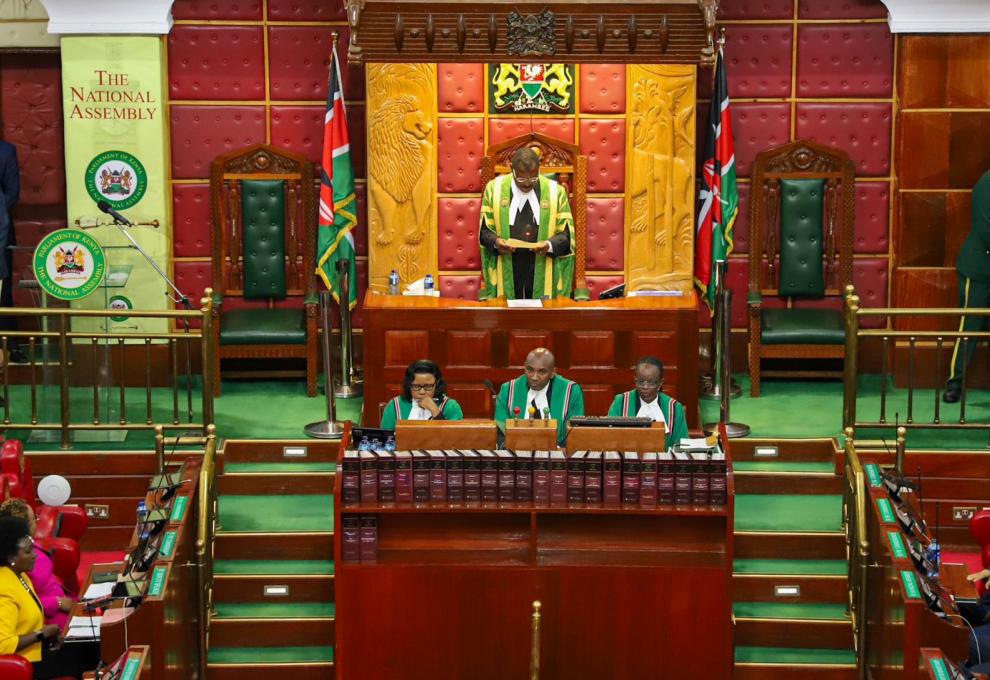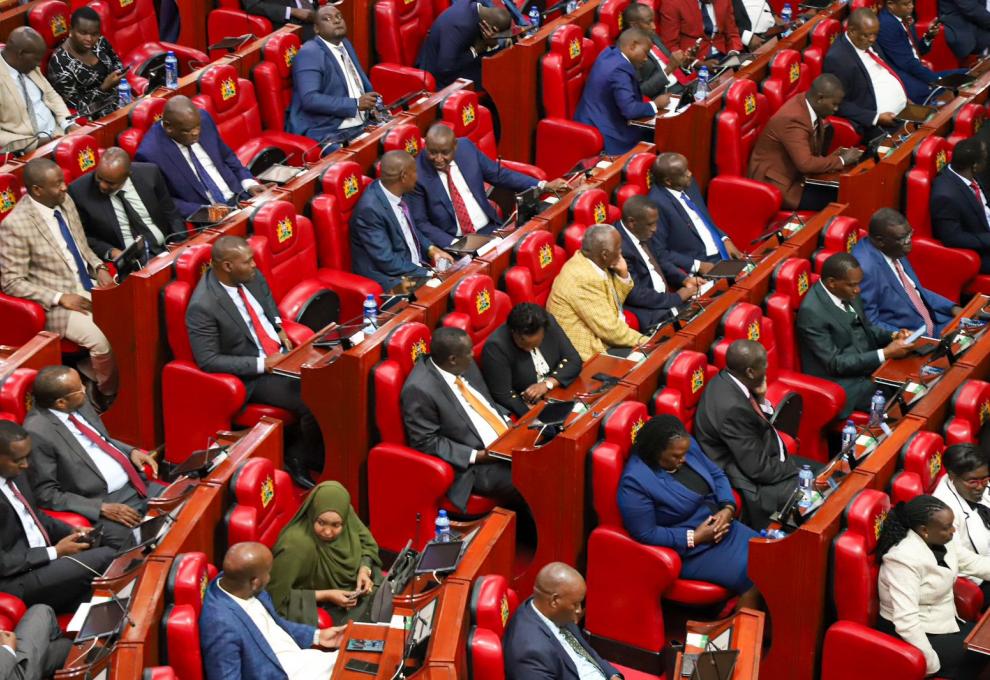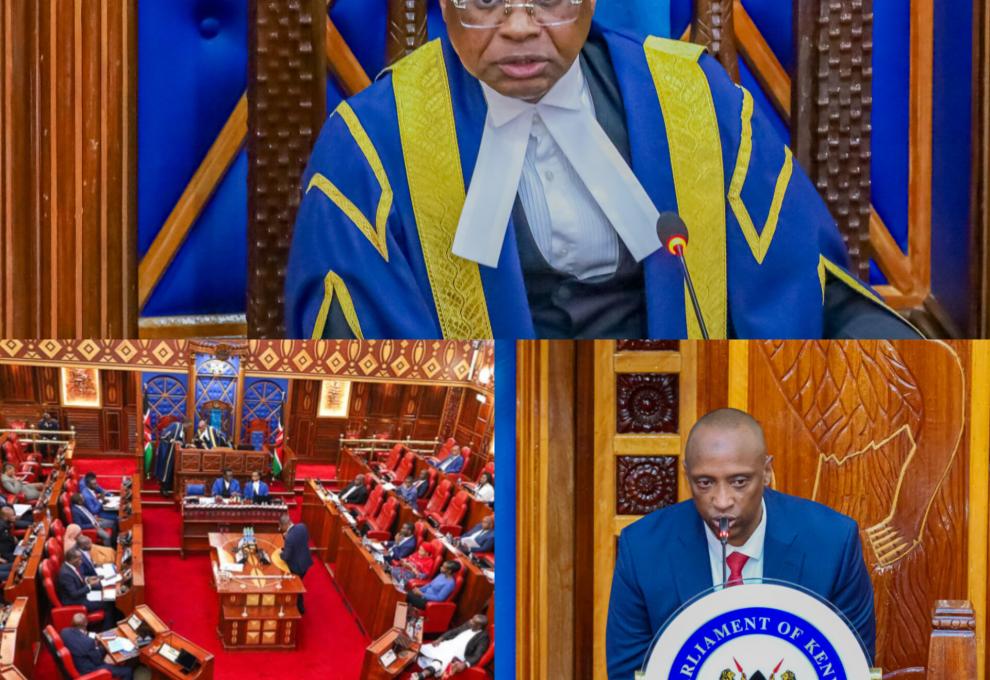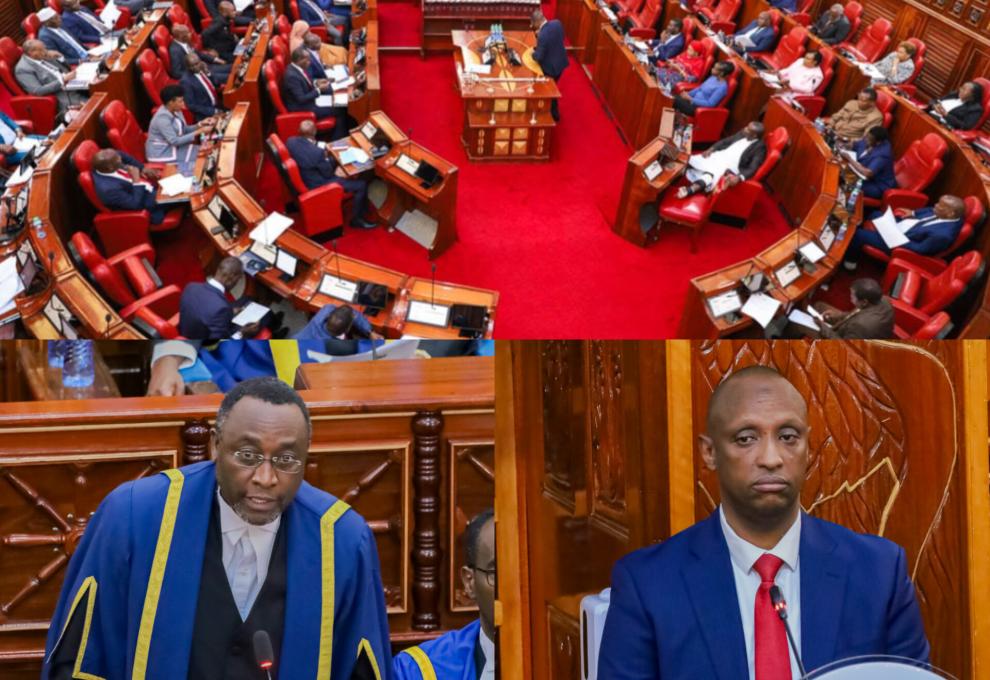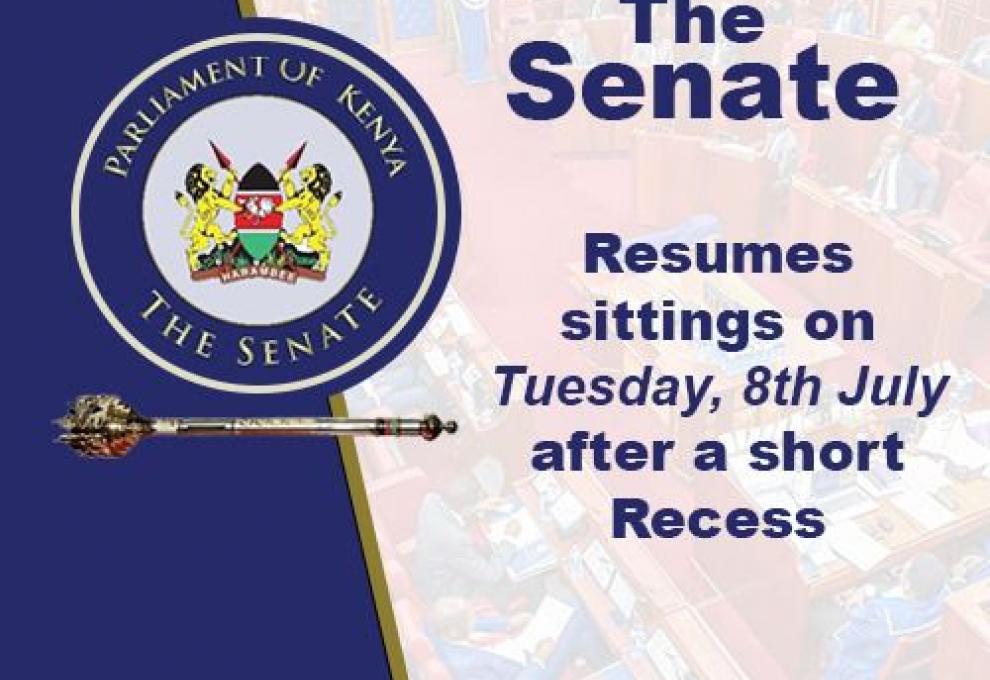Historical Background
1. Introduction
The authority to make laws in Kenya is primarily vested in two institutions; Parliament and County Assemblies. Parliament makes laws that apply nationally, while County Assemblies make laws applying in the respective County.
Kenya has changed from bicameral with Regional Assemblies, at independence, to unicameral and back to bicameral with County Assemblies as the situation currently obtains.
The following is a brief history of the legislature, its establishment and mandate since independence.
2. The 1963-1967
At independence, Kenya had a two-chamber Parliament and Regional Assemblies.
(a) Parliament
Parliament comprised the National Assembly and Her Majesty who was represented by the Governor-General. The National Assembly was a two-chamber consisting of the Senate and the House of Representatives.
Parliament had the power to make laws applying throughout the country. Bills, except a money Bill, originated in either House. Once a Bill was passed by the House in which it originated, it was sent to the other House for consideration and passage, and thereafter presented to the Governor-General for assent (later the President).
Money Bills originated in the House of Representatives. The Senate only proposed amendments for the House of Representatives to consider. The House of Representatives had no obligation to incorporate amendments suggested by the Senate.
(b) Regional Assemblies
At independence, Kenya was divided into seven (7) Regions, plus the Nairobi Area. The seven Regions were Coast, Eastern, Central, Rift Valley, Nyanza, Western and North Eastern. Each Region, except the Nairobi Area, had a Regional Assembly with power to make laws. Laws for the Nairobi Area were made by the National Assembly.
A Regional Assembly had power to make laws with respect to any matter concerning the Region. It also participated in making laws to implement international obligations entered into by Kenya. This was done by the giving of consent by all ‘the Presidents’ of the Regional Assemblies. Each Region had a President, akin to a Governor, who participated in the law making process by assenting to Bills passed.
3. The 1967-2013
Between December 1964 and 1968, the Constitution was amended severally resulting in the abolition of Regions, and merging of the Senate and the House of Representatives.
Kenya reverted to a unicameral where Parliament which consisted of the President and the National Assembly was the principal law maker. The National Assembly considered and passed Bills, while the President assented to the Bills passed.
4. The under the 2010 Constitution
The 2010 Constitution establishes two organs: Parliament and County Assemblies, with authority to make laws.
(a) Parliament
Parliament is established under Article 93(1) of the Constitution as a bicameral. It comprises of the Senate and the National Assembly.
(i) The Senate
The Senate is made up of 67 members and the Speaker who is an ex officio member. The roles of the Senate as set out under Articles 94 and 96 of the Constitution are __
Ø representing counties, and protecting the interests of counties and those of county governments;
Ø legislating laws concerning county governments;
Ø determines allocation of national revenue amongst counties and oversight utilization of revenue allocated to county governments; and
Ø oversight of state officers and participate in the impeachment of the President and the Deputy President.
The Senate’s legislative role is provided for under Articles 94, 96(2) and 109 of the Constitution. It considers and passes laws which concern counties. Under Article 110(1) of the Constitution a Bill is said to concern counties if __
Ø it contains provisions affecting the functions and powers of the county governments;
Ø it relates to the election of members of a county assembly or a county executive; and
Ø it is Bill affecting the finances of county governments.
(ii) The National Assembly
It is made up of 349 members and the Speaker who is an ex officio member. The roles of the National Assembly as set out under Articles 94 and 95 of the Constitution include representation, legislation, oversight over national revenue and its expenditure, appropriates funds for expenditure by the national government, allocation of revenue, oversight over state organs, approves declaration of war, and removal from office of state officers including the President and the Deputy President.
The National Assembly’s legislative role is provided for under Articles 95 and 109 of the Constitution. It makes laws applying nationally and can consider any Bill, including those concerning County Governments.
Three critical issues to note regarding the legislative function of the Senate vis-à-vis that of the National Assembly -
(i) all Bills considered by the Senate must be considered by the National Assembly before they become law;
(ii) all Bills considered by the National Assembly and touching on County Governments must be considered by the Senate before they become law; and
(iii) Bills that do not concern County Governments are only considered by the National Assembly.
(b) The County Assemblies
Chapter Twelve of the Constitution establishes devolved governments by creating 47 County Governments. A County Government consists of a County Assembly and the County Executive.
The roles of County Assemblies as provided for under Article 185 of the Constitution and section 8 of the County Governments Act, No. 17 of 2012 are representation, legislation, oversight over County Executive Committee, approving county development planning, approving of budget and expenditure of the County Government, and approving borrowing by the County Government.
County Assemblies make laws applying to the respective County as provided for under Article 185 of the Constitution and the Fourth Schedule to the Constitution.










